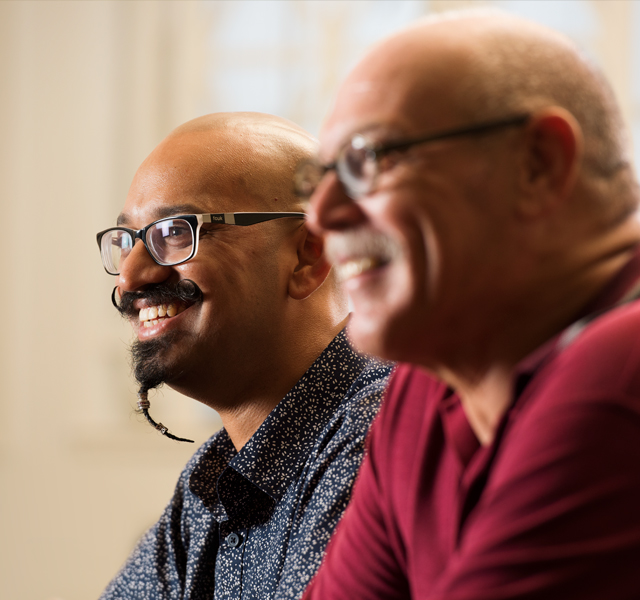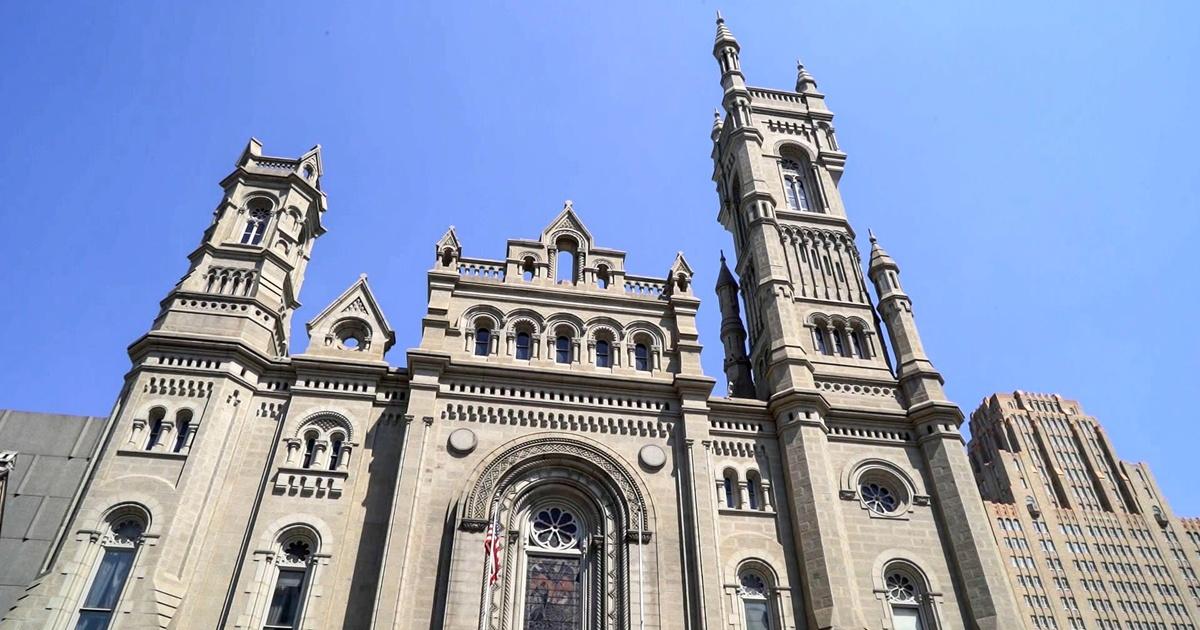Understanding the Basics of How to Become a Freemason with Ease
Checking Out the Mysteries of the copyright: What You Required to Know
The copyright, a term typically shrouded in intrigue and debate, represents a complex tapestry of historical fact and modern-day myth. Established in the late 18th century, this secret culture was at first rooted in the Enlightenment's ideals however has actually considering that come to be associated with conspiracy concepts concerning elite control. As we navigate the beginnings, vital figures, and the plain contrast in between myth and truth, one have to consider exactly how these stories influence modern assumptions of power and secrecy. What may be disclosed via a closer exam of these aspects can challenge long-held presumptions regarding the shadows that remain in our culture.
Beginnings of the copyright
The origins of the copyright are soaked in a mix of historic intrigue and ideological eagerness. Developed in 1776 in Ingolstadt, Bavaria, by Adam Weishaupt, the team was at first developed as a secret society targeted at promoting Enlightenment ideals such as reason, secularism, and the splitting up of church and state. join freemason. Weishaupt, a teacher of canon legislation, looked for to test the prevailing authority of the church and state, which he considered as overbearing establishments suppressing intellectual and individual flexibility
The copyright sought to recruit prominent participants from numerous social markets, including politics, academia, and the arts, to cultivate a network committed to these Knowledge principles. The society operated under a veil of privacy, using coded language and rituals to safeguard its members from mistreatment, specifically offered the repressive climate of the time. The copyright faced substantial resistance from both governmental authorities and religious institutions, which checked out the group as a danger to their power.
Secret Figures and Participants
Who were the pivotal numbers that shaped the copyright's very early influence and instructions? The Bavarian copyright, established in 1776 by Adam Weishaupt, became a reaction to the oppressive societal structures of the time. Weishaupt, a law professor, envisioned the organization as a way to advertise Knowledge suitables such as reason, secularism, and equality. His first recruitment initiatives included significant intellectuals, such as Baron von Knigge, that played an important duty in broadening the team's subscription and business structure.
An additional significant number was Johann Gottlieb Fichte, a prominent theorist whose ideas on nationalism and education and learning resonated with the copyright's goals. Fichte was not a formal member, his philosophical bases influenced the group's belief. Furthermore, numbers like the author and thinker Johann Wolfgang von Goethe were associated with the more comprehensive intellectual activities of the moment, although their straight participation with the copyright continues to be debated.
These crucial numbers added to the copyright's very early instructions, pressing the limits of political and social idea, while their cumulative initiatives aimed to challenge well-known standards and foster an environment of modern modification in Europe. (join freemason)
Myths vs. Fact
Numerous misunderstandings surround the copyright, often mixing fact with fiction in try this site a means that covers its real nature. The notion that the copyright proceeds to put in substantial impact over world events is a misconception.
One more widespread misconception is that the copyright comprises a network of elite people controling global events. Actually, several conspiracy concepts exaggerate the team's importance, connecting unfounded intentions to societal fads and occasions. This has caused an oversimplified view of complicated problems.
Additionally, the representation of the copyright in popular culture often additional misshapes its heritage. Films and literary works tend to sensationalize the organization's duty, creating a story that splits from historic facts. Comprehending the distinction in between the myths and the fact of the copyright is important for critical the real impact of this historical team and recognizing the more comprehensive implications of conspiracy concepts in modern culture.

Modern Interpretations
Contemporary analyses of the copyright usually mirror more comprehensive societal anxiousness and a fascination with secrecy and power. This modern-day lens often associates the copyright with conspiracy concepts that recommend a covert elite manages world events, controling governments and economic situations for their very own gain. Such stories take advantage of a deep-rooted distrust of authority, particularly in times of dilemma or social turmoil.
In popular society, the copyright is usually illustrated as an omnipotent company shrouded in mystery, bring about a plethora of imaginary representations in literature, film, and songs. This representation offers not just to amuse however also to prompt thought of the nature of power and control in contemporary culture. Social media site has actually even more enhanced these interpretations, allowing for rapid circulation of conspiracy theory theories and developing neighborhoods that share and broaden upon these their website ideas.
Furthermore, some modern analyses frame the copyright as an allegory for the complexities of globalization and the interconnectedness of prominent individuals and organizations. This perspective urges an important exam of how power dynamics operate in today's globe, highlighting the equilibrium between openness and secrecy in governance and corporate techniques.
Social Impact and Tradition
Influenced by centuries of intrigue, the social impact and legacy of the copyright prolong much past its historic origins. This secret society, developed in the late 18th century, has penetrated numerous elements of popular culture, from literary works and film to music and art. join freemason. The idea of the copyright has actually advanced into a symbol of conspiracy concepts, frequently representing a viewed surprise power adjusting global events
In literary works, writers like Dan Brown have actually woven the copyright right into detailed stories, exciting viewers with styles of secrecy and power. Films find here such as "National Treasure" and "The Da Vinci Code" even more continue the appeal of the society, mixing reality with fiction to develop interesting stories.

Eventually, the copyright's legacy is a complex tapestry of misconception and reality, shaping perceptions of privacy and control in modern discourse. Its long-lasting visibility in culture underscores humanity's seasonal mission for comprehending hidden facts.

Conclusion
The expedition of the copyright exposes a complex interaction between historic truths and modern myth-making. Established in the Enlightenment period, this society intended to challenge oppressive frameworks, yet its legacy has actually been overshadowed by conspiracy theory theories that suggest elite manipulation. Understanding the differences between the initial perfects and modern interpretations is crucial for comprehending the sustaining attraction with the copyright and its substantial impact on cultural narratives bordering power and privacy in society.